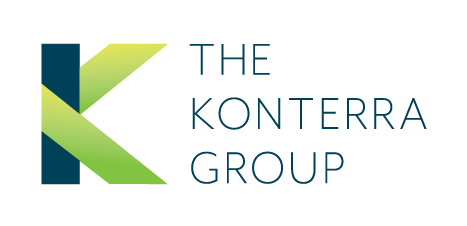January is mental wellness month, and there’s no better time to take stock of your mental health than the start of a new year.
Many tips on improving wellbeing focus on things we can do outside work–getting more sleep, for example, or finding a fun hobby. These things are important, but there are many things we can do to support wellbeing and improve wellness during the workday, too.
So this January, here is a list of seven research-supported, easy and achievable things you can do during work to improve your mental wellness.
- If most of your work is computer based, adopt a 20-20-20 practice: Long hours of focusing on a screen strains our eyes and exhausts our mental capacity for focused attention. Many optometrists recommend the 20-20-20 rule. That is, every 20 minutes, spend 20 seconds looking at something at least 20 meters away from you. Bonus points if you can look at something containing natural fractal patterns (such as leaves on a tree). This helps rest your eyes and your brain at the same time.
- Encourage a colleague: When you thank or encourage a colleague this gives you (and them) a mental wellness boost. Why? It engenders gratitude, which helps us feel positive emotions, build stronger relationships, and even think more creatively. Being kind to others also improves the way we feel about ourselves, increases empathy and compassion, and reduces our own stress response. So take a moment to say thank you to someone today, or encourage them by recognizing their efforts, abilities, or qualities you admire.
- Stand up (or sit down): If most of your work is desk-based, stand up regularly. Many of us get so focused on what we’re doing that we regularly stay stationary for far longer than is good for us. Standing up regularly and moving around briefly helps protect your body and prevent chronic pain. The reverse is also true – if your work constantly has you on your feet, look for small breaks where you can sit down.
- Track your progress: We humans derive enormous energy and motivation from achieving a sense of progress. When Harvard’s Teresa Amabile looked into the daily habits of hundreds of knowledge workers across industries, she found that out of all the things that can boost our mood and motivation during the workday, “the single most important is making progress on meaningful work.” However, if the needs seem limitless and your to-do list feels endless, it can be difficult to see the important progress you likely are making. To stay committed to the work that matters most, we need to find ways to measure, track, and feel good about the progress we make every single day.
- Reduce distractions and interruptions: In a world of texts, email, instant messaging, and push notifications, even those of us who work from home are navigating an increasing number of distractions during the day. This is not helping our productivity or our mental wellness. Want some ideas for how to reduce distractions during work? Check out this Harvard Business Review article, 10 Quick Tips for Avoiding Distractions at Work.
- Take a screen-free lunch break: Do you take a lunch break? If so, what are you doing during that break? “Taking a midday break during which you refuel and re-energize can not only make you a better employee, but also a healthier and happier person.” Glance over this Forbes piece and think about how you may want to adjust your own lunchtime practices (16 Things You Should Do On Your Lunch Break Every Day).
- Do a short mindfulness breathing exercise: When we experience stress we tend to hold our breath. Breath holding further activates our fight/flight/freeze stress responses. In contrast, regular, slow, deep-breathing practices and mindfulness meditation both calm our central nervous system’s activated stress responses. And the more regularly we practice these skills, the more effectively and quickly they tend to calm our stress responses. Taking just a few minutes every day to practice mindful breathing can do a lot to improve your mental wellness over time. (Not sure where to start? Here’s a 1-minute guided breathing video with nature visuals).


 KonTerra Conversations: Leadership In The Age Of Burnout
KonTerra Conversations: Leadership In The Age Of Burnout